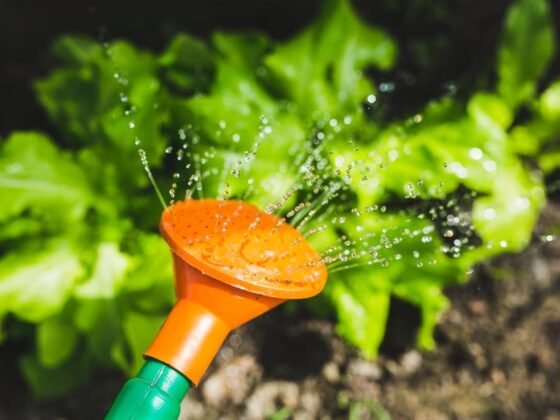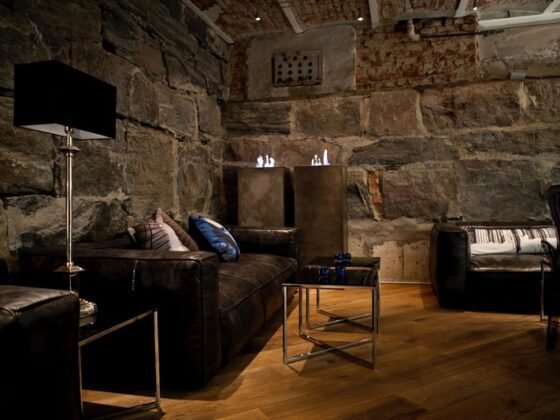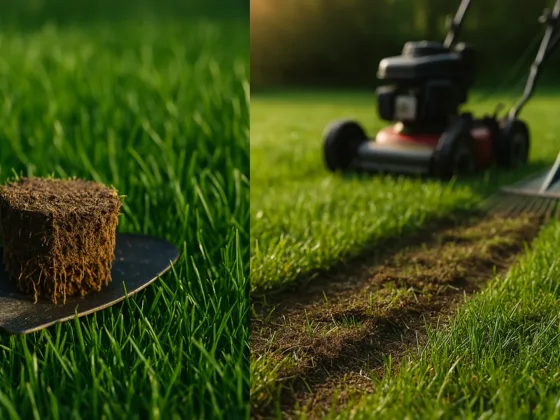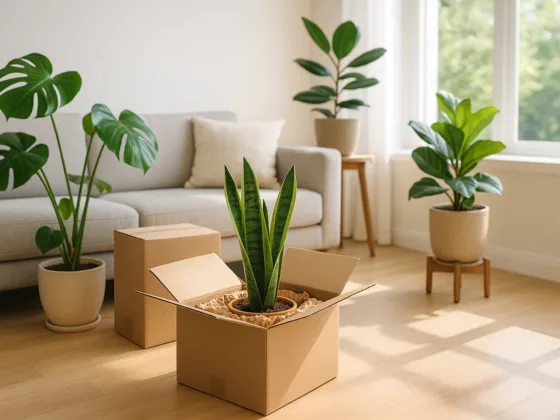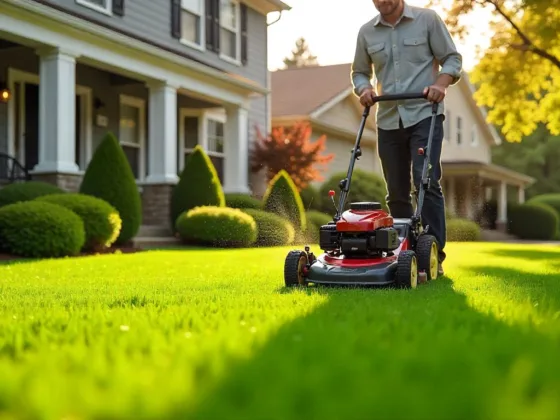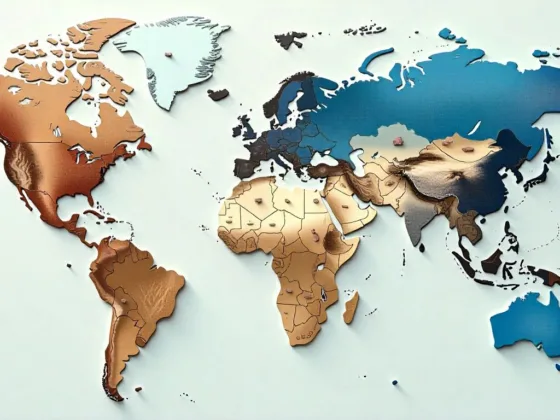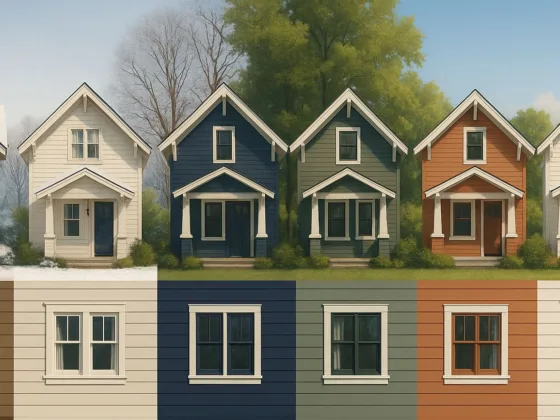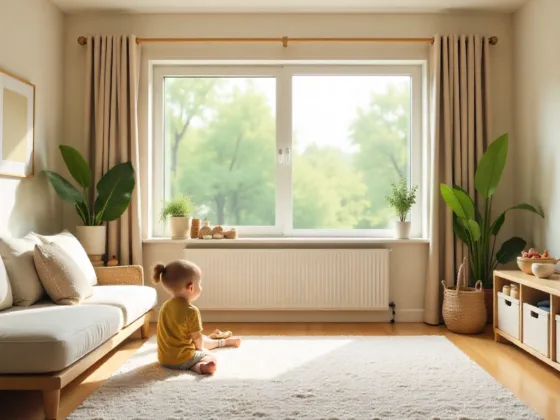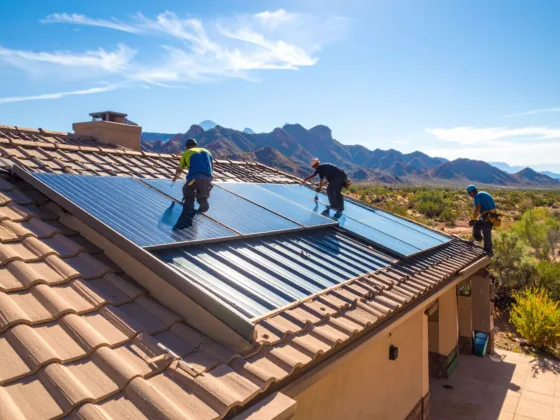Table of Contents Show
An Introduction to Container Gardening — Whether you live in a urbanized area with a small terrace or porch or you live out in the country, container gardening has often been well-liked. There is nothing like walking out on to your porch that is alive with colour.

Particularly lately with more and more folk anxious about food additives and pesticides in foods we all would like to grow our own food so we all know what we are eating. Container gardening is far easier than having a “traditional garden” and can offer you a good quantity of food for you and your family.
Container Gardening: Tips For Choosing The Best Containers
Beginning a container garden can be great fun for everyone. When starting, selecting the correct sort of container is of similar importance as what you put in the container. Terracotta pots dry out quickly, plastic pots won’t face up to the harsh sun very well and will deteriorate over time.
The best kind of containers to use are ceramic glazed pots. Wooden boxes have a propensity to rot and if they’ve been treated with chemicals this isn’t good for your or your plants. You will need a pot that may hold up to 15 to 20 quarts, otherwise the roots will become cramped and can not entirely grow out.
Recommended Plants To Begin With
Onions and Radishes
Onions and radishes grow under the soil so only the stems and leaves will be seen in the pot. They grow fast and don’t need a very large container either.
Herbs
Herbs are tiny and also make stunning decorative plants to have in the kitchen, or outside near to the kitchen door. They are handy to chop off just what you need for cooking!
Peppers and Tomatoes
Plants like tomatoes and peppers will have a high yield of food and are straightforward to grow. Some of these plants grow over 2 feet tall and will need a big enough container so they will not be top heavy. You can put chicken wire round the container if you do not want the vegetables growing outside the pot, but it’s not obligatory.

Tomatoes and peppers continue to bloom even after you start picking and this will give you a continual supply for a bit.
Lettuce
There’s little like making a salad from fresh lettuce and growing it is straightforward to do. Lettuce can be grown in a tiny pot but the drawback is that once it’s gone, no more reappears like on the tomato plant. However you can plant a new container of lettuce about every fortnight and they are going to become prepared nicely timed for you to have a continuing supply.
There are more straightforward plants to grow as well , such as squash eggplant, garlic, chives, spinach and beets. However , the vegetables noted above will make you a great salad and growing them yourself will make all your food taste far better. Don’t wait any longer, start your own container garden today.
Other Resources
You’ll find many container gardening resources and concepts on the Internet, as well as videos of how to line up your work area. If you or somebody you love has been needing to have a garden, but failed to think they had enough room, think again. Container gardening is the only possible way to go and you will find it very fulfilling.
Container Gardening When You Have No Space
The beauty of container gardening is just about anything on earth will grow very well in one type of container or another and, you may call just about anything in a pot a “Container Garden” !
The small, localized area of your container provides additional rewards as well. For example, it is very effortless to test out various soil and nutrient mixes and the way different species of plants react. A container garden also provides the opportunity to test out color, spacing, and heights.
That being said, there are a few dos and don’ts that ought to be followed for setting up a successful container garden. Below are great tips you should bear in mind.
- Match the area requirements of the plants you are using to the scale of the container. It can help to understand how big the plants are going to be when fully developed and how much space (width and depth) they will require to develop effectively. Remember, as your plant will grow so does the root system as well. Too many plants in a small area will stress the whole system by drying out the soil rapidly and not permitting the roots to grow naturally.
- Don’t make the mistake of being without drainage in your containers. Not merely are holes required but additionally an inch or so of gravel in the bottom is not really a bad idea. If you’re excited about a certain container that doesn’t have drainage, put your plant in a compact plastic container with holes. Then use the plastic container for an insert. Simply be very careful never to over water.
- Choose plants which have comparable necessities. If you mix a drought tolerant species with a plant that will need regular watering you are going to either drown the one or dehydrate the other.
- Your container garden is likely to look best if your plants are balanced to the scale of the container. An effective rule of thumb is to keep the plant height at most one to two times the height of the container itself and plant width about the same.
- Use potting soil rather than garden soil in the container. A proper mix will include peat to preserve moisture without constant watering (which is harmful to container plants). Keep your soil mix loose and don’t compact it.
My very last tip will be to enjoy yourself and experiment with a variety of plants as the conditions change. Don’t think twice to exchange any plant which is past its prime and no longer blooming as it did once. Nothing lives forever!
Must Read:
- Container Gardening Strawberries Potted Plants: How to Grow Strawberries in Pots
- Container Gardening & Front Yard Lanscaping: 5 Tips For Container Gardening
- Container Gardening for the Fall Season: Potted Plants Fall Garden Ideas
- 10 Container Gardening Tips: Creating a Garden in a Pot
- What Can I Use for Container Gardening?
Choose the Right Container for Your Gardening
Just like traditional gardens, container gardens come in all shapes, sizes, colours, and themes. There is such a wide range of styles, materials, and shapes of pots available to completely customize your container garden.
You accomplish simply by selecting a container that fits your landscaping décor and a type of flower that matches your personality, you can completely change the feeling of your yard and home. These different types of containers all require different types of care, but they are all unique and decorative in their own way. Some of the types of containers used are:
Clay Pots
Clay pots are great for the everyday landscape. They come in a variety of sizes, from small and appropriate for a window sill to a behemoth clay pot that can fit a small tree.
Clay pots are typically neutral in color meaning they go with anything, however with clay pots some precautions need to be made. Because they have a tendency to crack, clay pots do best in the shade to prevent them from drying out. Also, you’ll need to ensure the clay pot is frost proof to ensure it holds up during the winter months.
As you can see from the image clay pots can be painted, just watch you don’t use toxic paints that could leech into the dirt and flowers.

Wooden Planters
Wooden logs being fit to make a planter are an Eco-friendly way to bring the rustic feel of a log cabin into your yard. These are great for more exotic plants that would typically be found in wooded areas.
Not only that, but these planters tend to run larger making them ideal for housing both bigger or a large quantity of smaller plants. The one downside to wooden planters is that the dirt has a tendency to fall out of the spaces between the logs. To avoid this, simply line the planter with a thin sheet of plastic to keep what needs to be contained, in the container.

Stone Containers
Potting your plants in stone is an elegant way to dress up your landscaping. Although stone containers have a tendency to look morose if not done properly, you can brighten them up with some brightly coloured flowers or some “cuter” flowers such as daisies or carnations.
Like with the other two, there are some downsides to using stone as these containers are usually heavy, meaning you most likely will need to ensure you’re happy with their final place before you start using them. It’s not uncommon for people to cement them in place to avoid having them stolen.

Must Read:
Wall Pots or Windowsill Holders
These smaller containers can liven up a wall or window ledge very easily and brighten up the area around the home. As you can see people love to take pictures of them if they’re done nicely. My aunt was so into geraniums.

These small boxes or pots are ideal to show off a wide variety of flowers and plants. Just remember to water these frequently because they typically are located in an area that doesn’t receive much water. Also, secure them well because once the soil does get wet, it can get heavy and weigh the pots down.

Hanging Baskets
Hanging baskets are a fun accessory to add to any porch, gazebo, or other outdoor structure. They are extremely versatile and can be placed at shoulder height or even higher.You can also change out the different flowers in the baskets to keep them blooming all year long. Just make sure to hang them where no one will hit their head.

By choosing any of these containers, or combining several different ones, you can ensure your landscaping reflects you. Have fun and remember gardening is a form of expression. Show off to your neighbours and the world how beautiful your home and yard can be.

